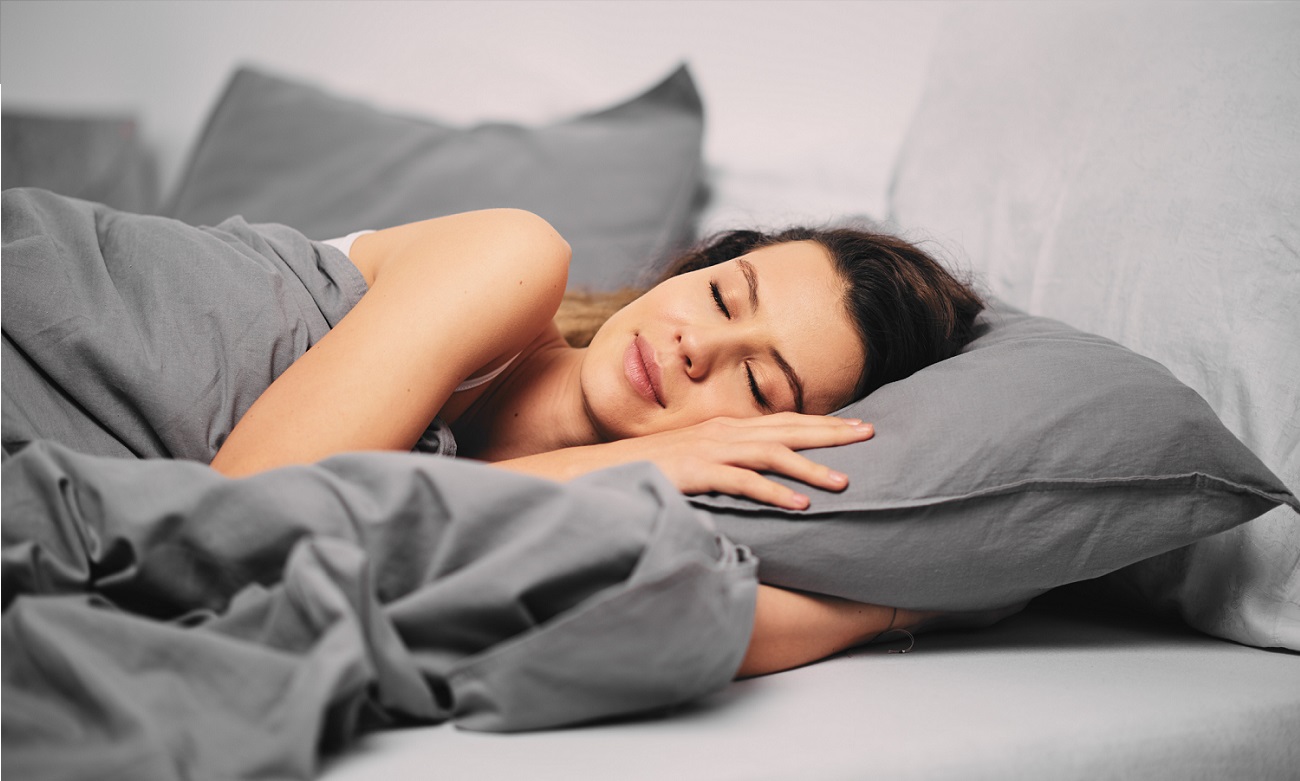Conditions We Treat | Sleep Apnea
What is Sleep Apnea?
Sleep apnea is a potentially serious sleep disorder characterized by frequent interruptions in breathing during sleep. These pauses in breathing, known as apneic episodes, can last for a few seconds to over a minute and may occur multiple times throughout the night. The most common form of sleep apnea is obstructive sleep apnea (OSA), which occurs when the muscles in the throat relax too much during sleep, blocking the upper airway. Another type, central sleep apnea, arises when the brain fails to send the correct signals to the muscles responsible for controlling breathing.
Symptoms of Sleep Apnea
Common symptoms of sleep apnea include:
- Loud snoring: A frequent sign, especially with obstructive sleep apnea, caused by blocked airflow.
- Gasping for air: Often witnessed by a partner, this occurs when breathing resumes after an apnea episode.
- Excessive daytime sleepiness: Due to frequent disruptions in sleep, individuals with sleep apnea often experience fatigue and drowsiness throughout the day.
- Morning headaches and dry mouth are also common complaints.
- Difficulty concentrating, irritability, and mood changes.
Health Risks Associated with Sleep Apnea
Untreated sleep apnea can significantly affect your overall health. Long-term consequences include an increased risk of:
- High blood pressure (hypertension)
- Heart disease and stroke
- Type 2 diabetes
- Weight gain
- Memory problems and difficulty concentrating
Diagnosis and Treatment of Sleep Apnea
If you suspect you have sleep apnea, it is essential to seek professional evaluation. A sleep study (polysomnography) is the most common diagnostic test, either conducted in a sleep clinic or at home.
Treatment options vary depending on the severity and type of sleep apnea and may include:
- Lifestyle Changes: Weight loss, avoiding alcohol, quitting smoking, and changing sleep positions can help reduce symptoms of mild to moderate sleep apnea.
- CPAP Therapy: The most common treatment for obstructive sleep apnea, a Continuous Positive Airway Pressure (CPAP) machine keeps the airway open by providing a constant stream of air.
- Oral Appliances: These devices, worn in the mouth, help reposition the lower jaw and tongue to keep the airway open.
- Surgical Options: In some cases, surgery may be recommended to remove excess tissue or correct structural issues that are contributing to airway obstruction.
- Implantable Device: The Inspire device is an implantable neurostimulation system used to treat moderate to severe obstructive sleep apnea (OSA) in patients who can not use CPAP. It works by stimulating the hypoglossal nerve, which controls tongue movement, to prevent the airway from collapsing during sleep. In patients with moderate to severe central sleep apnea (CSA), the remede system is another type of implantable device which stimulates the phrenic nerve to trigger normal breathing in sleep.
Why Seek Treatment for Sleep Apnea?
Ignoring sleep apnea can lead to serious complications, including cardiovascular problems, stroke, and even premature death. By seeking treatment, individuals can greatly improve their sleep quality, reduce the risk of serious health conditions, and enhance overall quality of life.
